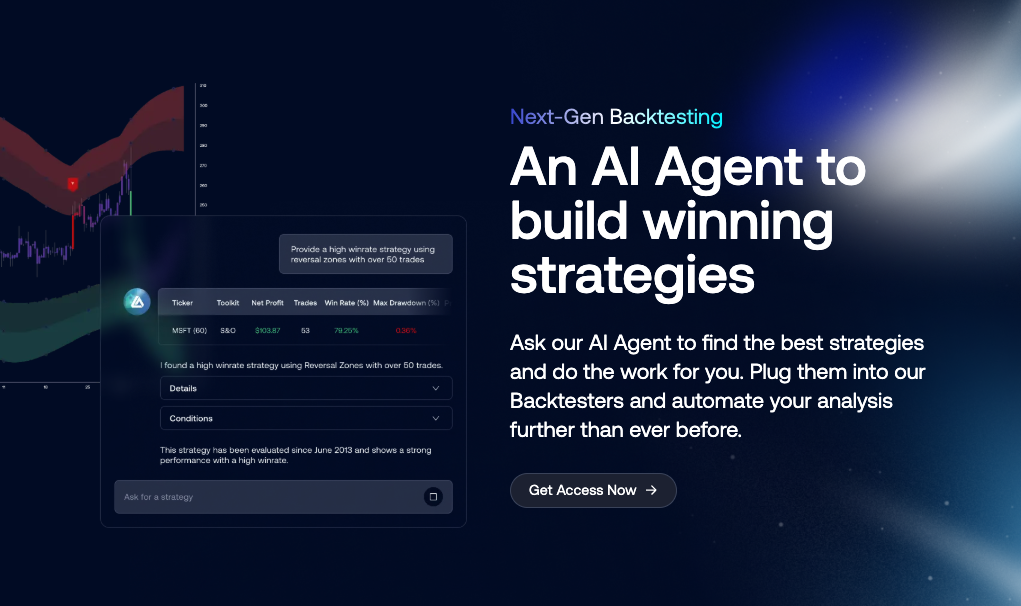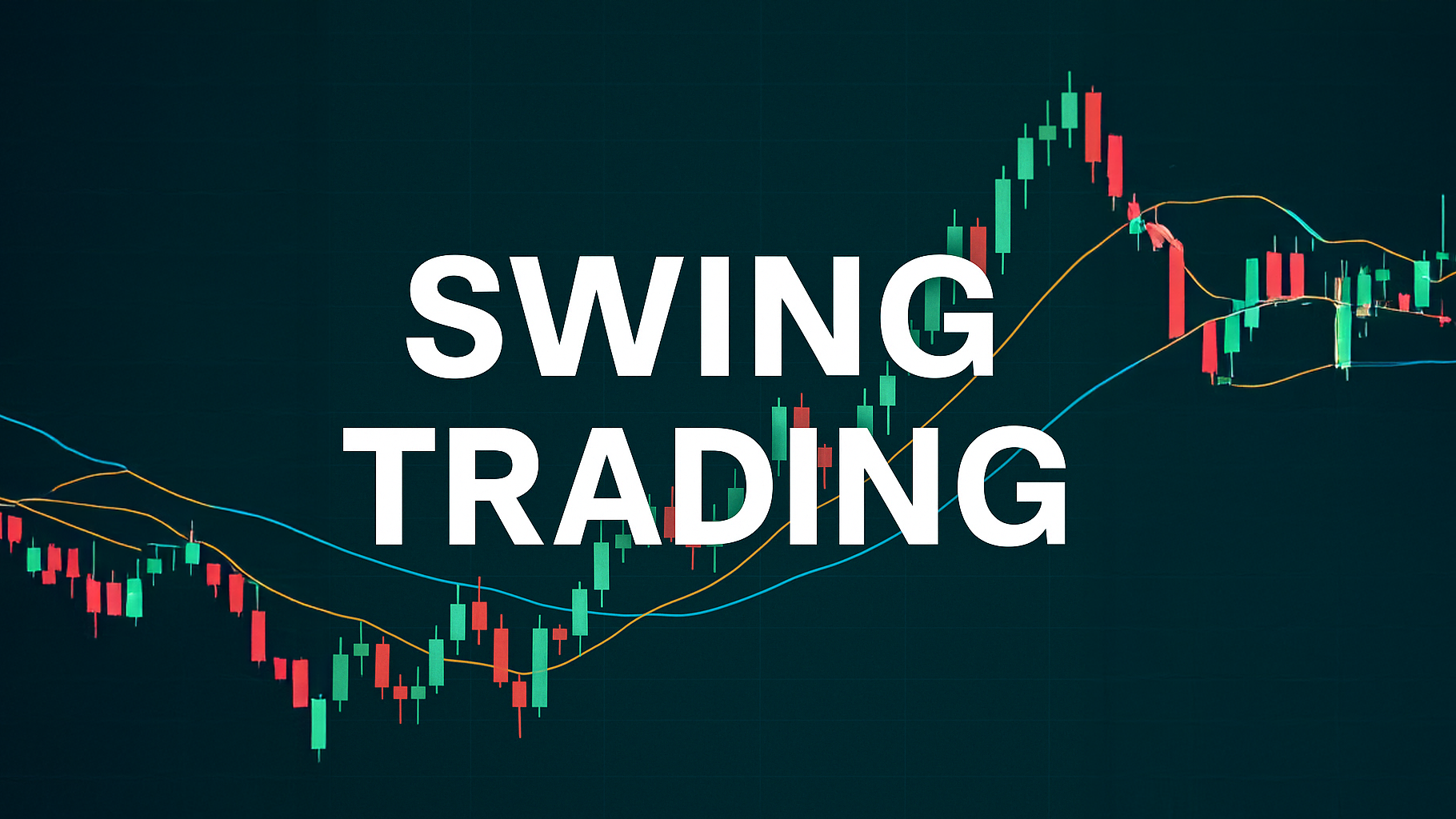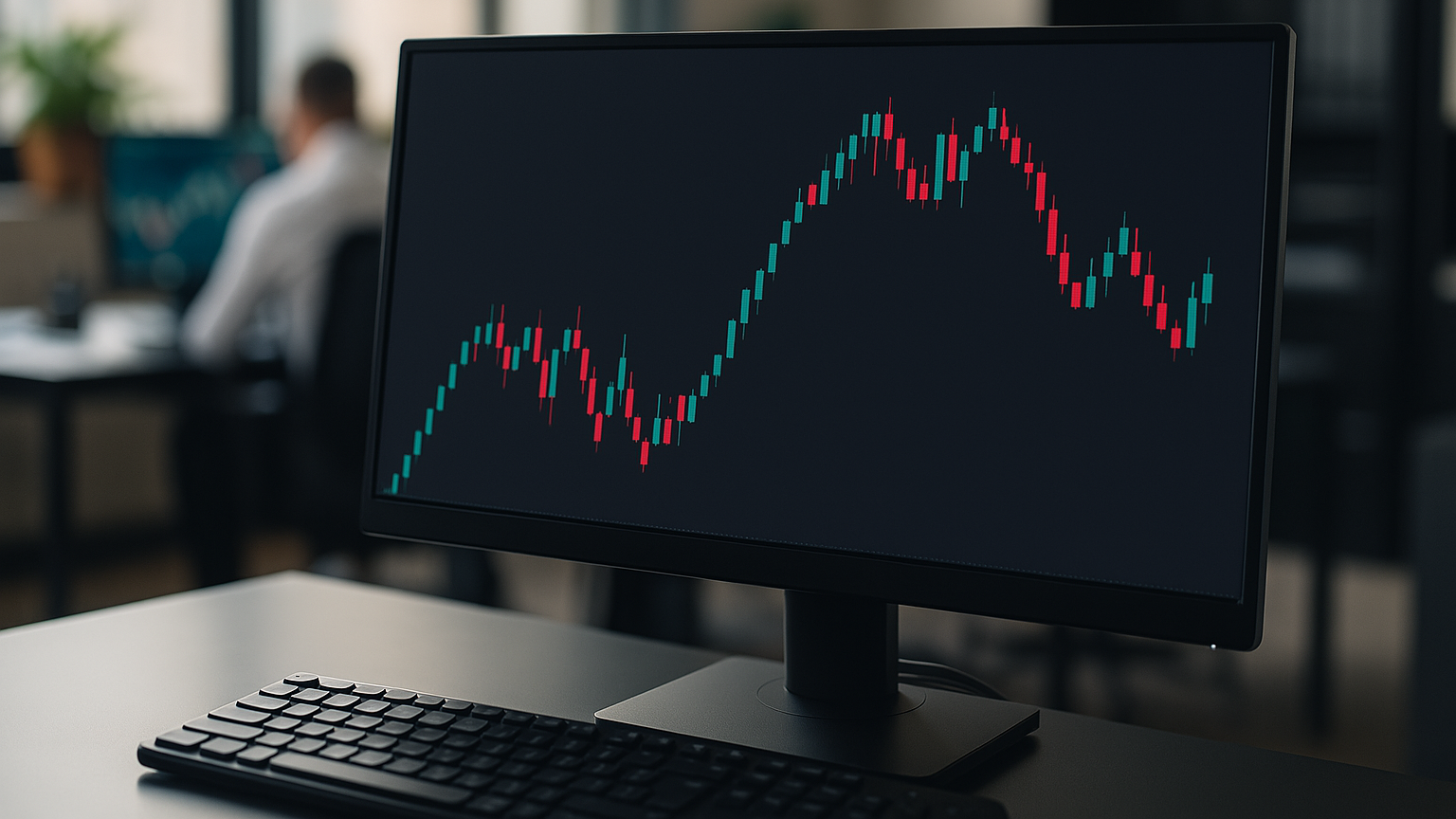Learn how volume analysis can confirm market trends, validate breakouts, and improve trading strategies for enhanced decision-making.
Volume is a powerful concept in trading that helps confirm trends, detect reversals, and validate breakouts. By analyzing price and volume together, traders can make more informed decisions and reduce the risk of false signals.
Key Takeaways:
- Trend Confirmation: High volume supports price movements, while low volume may signal weak trends.
- Breakout Validation: Spikes in volume confirm the strength of price breakouts.
- Divergence Signals: Mismatches between price and volume often indicate potential reversals.
- Volume Patterns: Recognize accumulation, distribution, and climax tops for better market insights.
- Top Indicators: Tools like OBV, A/D Line, and VROC help analyze volume trends effectively.
Quick Tips:
- Rising volume during uptrends strengthens bullish signals.
- Declining volume during price rallies may warn of fading momentum.
- Use the LuxAlgo platform or the VWMA indicator to simplify volume analysis.
Volume analysis is essential for refining trading strategies and improving accuracy. Let’s dive deeper into how volume confirms trends and enhances trading methods.
Stop Trading Until You Learn Volume Analysis
Price and Volume Relationships
Looking at how price and volume work together can reveal a lot about market trends and potential turning points. When combined, these two indicators give a more detailed view of market behavior than price alone.
Common Price-Volume Patterns
Certain price-volume patterns are especially useful for spotting market conditions and possible trend shifts. The most reliable patterns happen when price and volume move together to confirm the market's direction.
| Pattern Type | Price Action | Volume Behavior | Market Interpretation |
|---|---|---|---|
| Accumulation | Gradual Rise | Higher on Up Days | Indicates bullish sentiment |
| Distribution | Gradual Decline | Higher on Down Days | Signals bearish sentiment |
| Climax Top | Sharp Rise | Extremely High | Suggests trend exhaustion |
| Volume Dry-Up | Sideways/Up | Very Low | Signals weak trend, possible reversal |
Volume Support vs. Volume Warning Signs
Volume can reveal whether a trend is likely to continue or reverse. Strong volume typically supports a trend, while certain volume patterns may signal a warning.
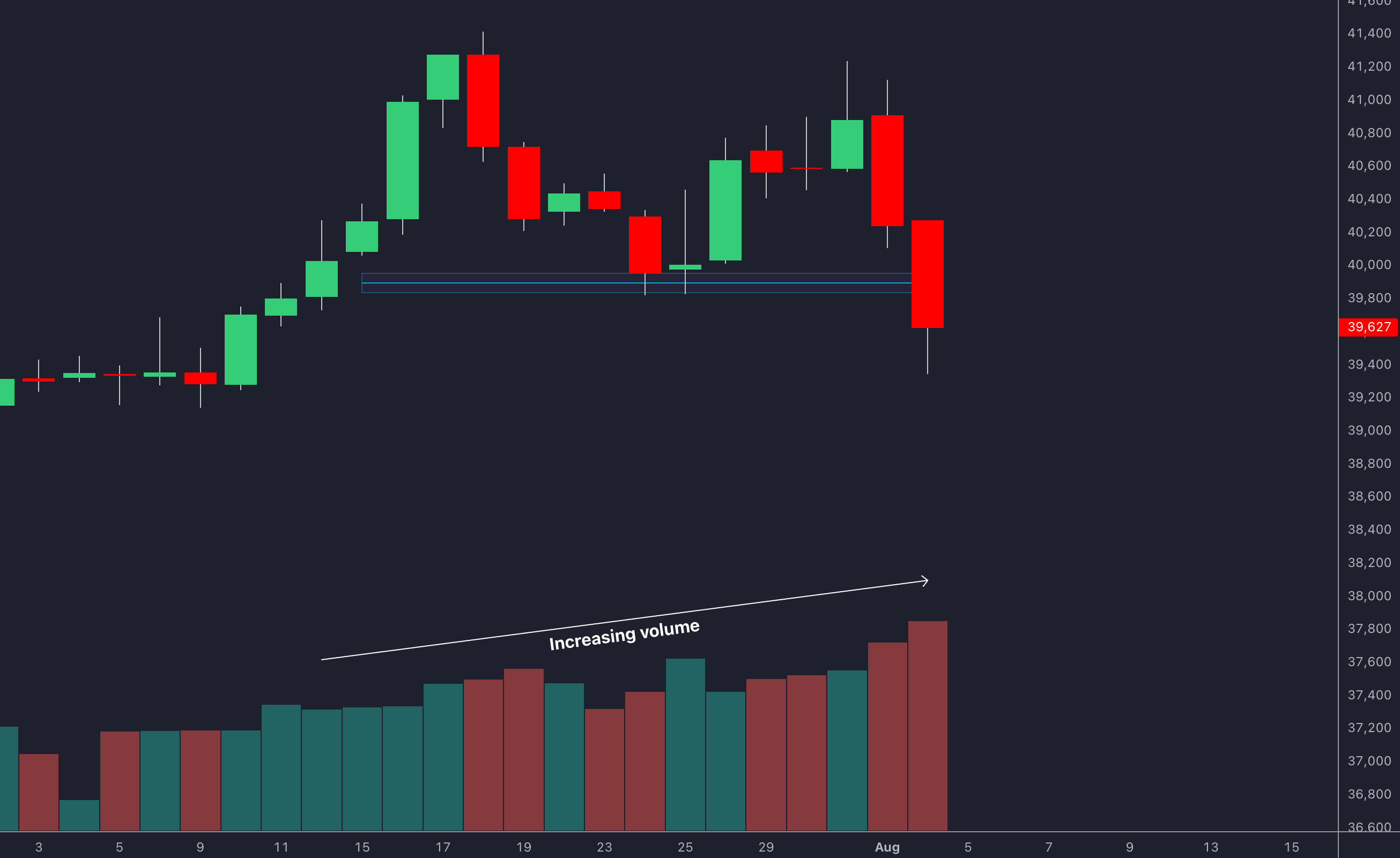
Volume Support Signals:
- Rising volume during price advances in an uptrend
- Falling volume during pullbacks
- High volume near key support or resistance levels
- Consistent volume growth aligned with the trend
Volume Warning Signs:
- Falling volume during price increases
- Sudden volume spikes against the trend
- Weak volume during breakout attempts
- Volume-price divergence at new highs or lows
"A study of 60 years of market data showed that 80% of market bottoms had above-average volume, while only 60% of market tops did" [6].
When analyzing volume, it’s more effective to focus on relative changes rather than absolute numbers. This approach helps identify meaningful signals across different market conditions.
Indicators like the Volume-Weighted Moving Average (VWMA) combine price and volume data, making it easier to spot trends. These principles set the stage for using advanced volume indicators, which will be covered next.
Top Volume Indicators for Trends
Understanding the relationship between price and volume is crucial for gauging trend strength. These indicators offer measurable ways to analyze trends effectively:
OBV and A/D Line Analysis
On-Balance Volume (OBV) and the Accumulation/Distribution Line (A/D Line) are key methods for analyzing price trends through volume. OBV calculates cumulative volume by adding volume on days when prices rise and subtracting it on days when prices fall. Meanwhile, the A/D Line assigns weight to volume based on the closing price's position [4].
| Indicator | Purpose |
|---|---|
| OBV | Confirms price trends |
| A/D Line | Detects divergences between price and volume |
VROC for Volume Acceleration
Volume Rate of Change (VROC) tracks how quickly volume changes over time. The formula is:
[(Current Volume - Volume n periods ago) / Volume n periods ago] x 100 [2].
This momentum-focused indicator is useful for:
- Spotting volume spikes that align with breakouts
- Highlighting divergences between volume and price movement
LuxAlgo PAC Toolkit Volume Analysis
The LuxAlgo Price Action Concepts (PAC) Toolkit offers a more advanced way to analyze volume by focusing on institutional trading activity. It identifies key volume clusters and provides deeper insights into market behavior [5].
Key features include:
- Highlighting high-volume price zones with real-time data
- Analyzing volume trends across multiple timeframes
- Identifying patterns that suggest trend continuation supported by volume
When these tools are used together, they provide a stronger foundation for confirming trends. This approach combines volume analysis with actionable trading strategies, leading into further exploration of volume-based techniques in the next section.
Volume-Based Trading Methods
These strategies turn volume analysis into practical trading approaches.
High-Volume Breakout Trading
A high-volume breakout occurs when trading volume surpasses the 20-30 day average by at least 50% [1]. For instance, if a stock’s average daily volume is 1 million shares, a breakout would need at least 1.5 million shares traded.
Key signs of a solid breakout include:
- Consistent volume growth near the breakout point
- Strong follow-through volume after the breakout
- Price stability above the breakout level during retests
Take Amazon as an example. In Q1 2023, the stock broke above $120 resistance with trading volume 82% higher than its 30-day average. This led to a 22% price increase in just three weeks.
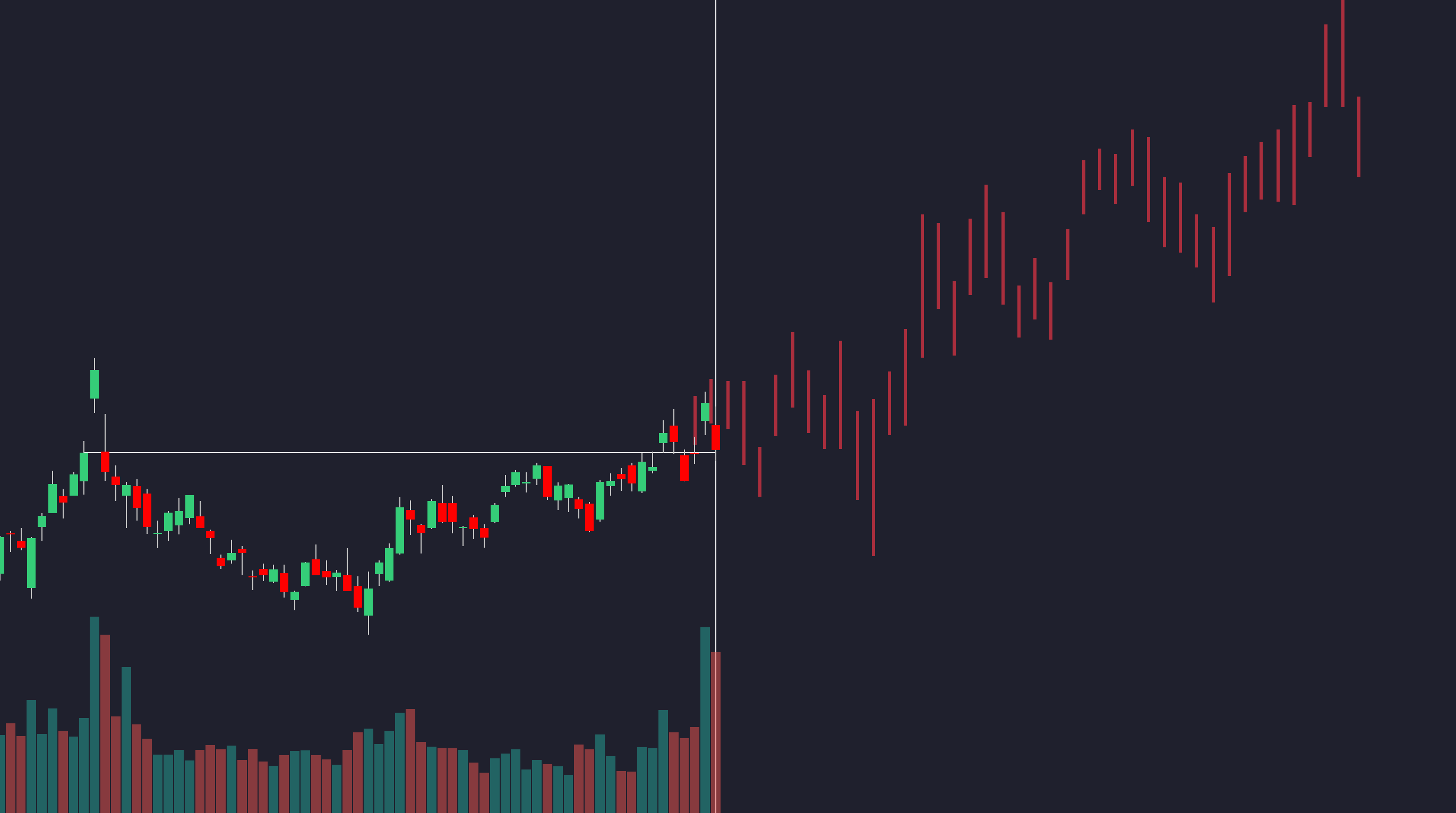
Price-Volume Divergence Signals
When price movements conflict with volume trends, it often signals a potential trend reversal. These price-volume divergences can be identified using tools like the LuxAlgo Oscillator Matrix, which compares multiple timeframes.
| Divergence Type | Price Action | Volume Pattern | Signal |
|---|---|---|---|
| Bearish | New highs | Declining volume | Possible downward reversal |
| Bullish | New lows | Increasing volume | Possible upward reversal |
| Hidden | Pullback | Above-average volume | Trend likely to continue |
With LuxAlgo’s platform, traders can set custom alerts for these divergences, helping them time their entries and exits more effectively [8].
Volume Patterns in Trending Markets
Volume behavior in strong trends can confirm the trend’s strength. These patterns align with accumulation/distribution principles and can be analyzed using LuxAlgo’s Volume Flow indicator to gauge institutional activity.
A study of 14.9 billion transactions revealed that trends with these volume patterns were 69% more likely to persist in their primary direction [1]. Pairing this analysis with LuxAlgo’s Volume Flow indicator enhances the ability to track institutional involvement [3].
Combining Volume with Other Indicators
Using volume analysis alongside other technical indicators can improve trading strategies by confirming signals and cutting down on misleading trends.
Volume-Weighted Price Channels
This method expands on the idea of volume-confirmed breakouts by introducing adjustable boundaries. These channels rely on volume-weighted price data to set upper and lower bands, calculated using standard deviations. Movements with higher volume influence these levels more, making them stronger indicators of trend direction.
A study by Taylor and Allen showed that adding volume analysis to moving averages increased trend identification accuracy by 18% compared to relying on moving averages alone [9].
Key points for channel trading:
- Enter long positions when the price rebounds from the lower channel with above-average volume.
- Exit trades as the price nears the upper boundary with decreasing volume.
- Channel breaks supported by volume often signal trend reversals.
Chart Patterns with Volume
Volume confirmation boosts the reliability of classic chart patterns. For instance, head and shoulders patterns paired with proper volume validation achieved an 83% success rate, compared to 60% without volume analysis [6]. This supports earlier discussions on using volume to distinguish between strong trends and warning signs.
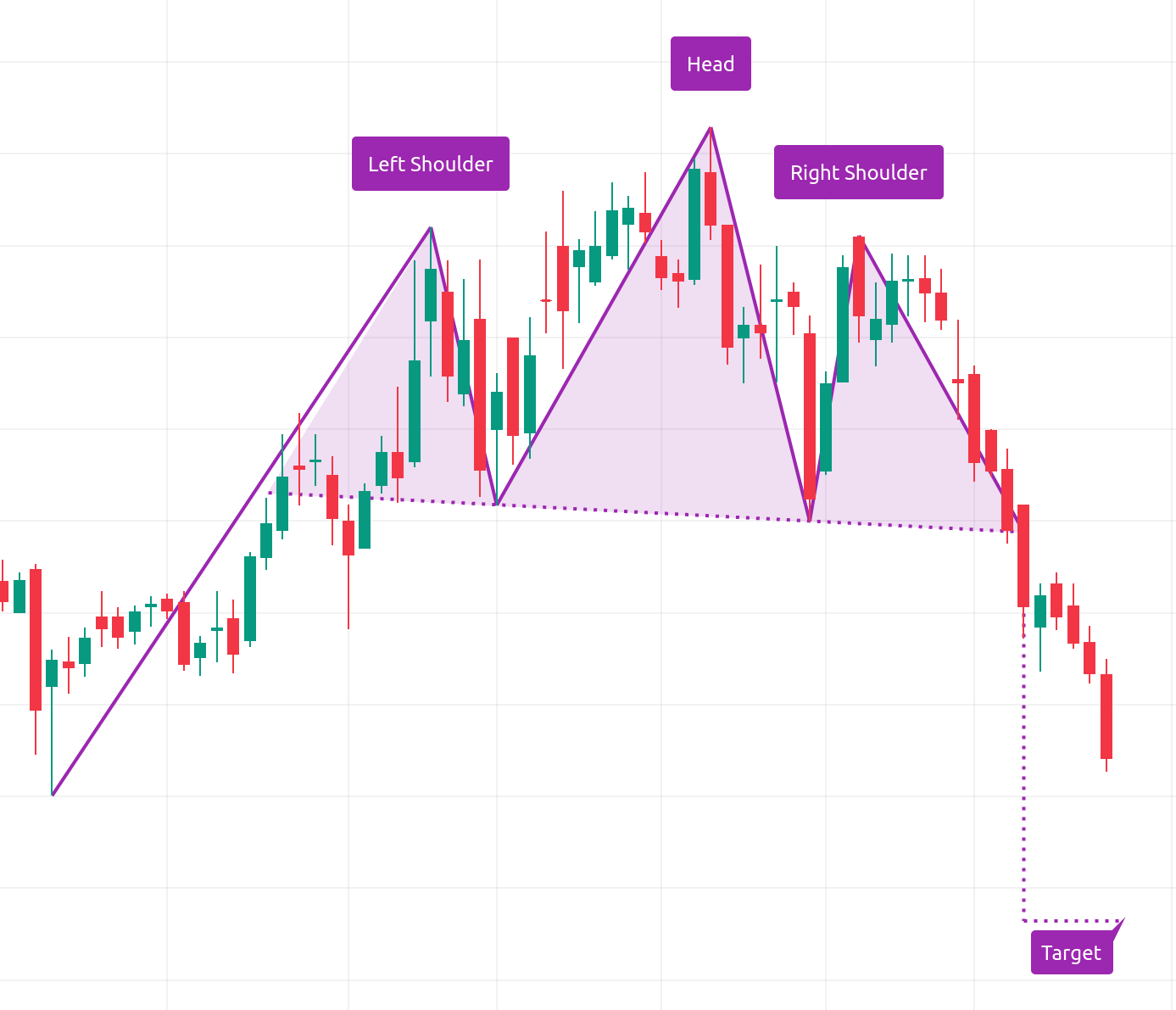
| Pattern Type | Ideal Volume Characteristics | Success Rate with Volume |
|---|---|---|
| Head & Shoulders | Highest on left shoulder, decreasing head, lowest right shoulder | 83% |
Volume-RSI Combined Signals
Combining volume with the Relative Strength Index (RSI) creates stronger signals for overbought and oversold conditions. This pairing ensures price movements are supported by volume, reducing the likelihood of false signals in trending markets.
Tips for using this approach:
- Compare standard RSI to a volume-weighted RSI (VRSI).
- Look for confirmations when both indicators align.
- Pay attention to divergences between RSI and VRSI as potential reversal signals.
For buy signals, watch for both RSI and VRSI to drop below 30, with VRSI being lower. For sell signals, both should exceed 70, with VRSI higher. Automated alerts can simplify spotting these setups.
These techniques lay the groundwork for diving into advanced volume profile analysis, which we’ll tackle next.
Volume Profile Trading Methods
High-Volume Price Levels
Volume profiles help pinpoint key support and resistance levels by analyzing high-volume nodes (HVN) and the Point of Control (POC). Pay attention to value areas (where 70% of the volume is concentrated), volume nodes (which act as support or resistance), and low-volume zones (potential breakout zones).
Trading strategies often focus on high-volume node rejections, where significant volume activity confirms price movement. This approach helps identify whether a trend is likely to continue or reverse, offering a structural perspective to complement volume divergence signals.
Time vs. Price Volume Analysis
Volume profiles come in different forms, each suited for specific trading needs. Fixed-range profiles are ideal for analyzing long-term market structures, while session-based profiles are better for short-term trading insights.
| Profile Type | Best Use Case | Key Advantages |
|---|---|---|
| Fixed Range | Long-term support/resistance | Highlights consistent price levels |
| Session-Based | Intraday trading | Tracks recent market behavior |
Day traders often rely on session-based profiles to identify intraday support and resistance, making them a practical tool for short-term decision-making.
Testing Volume Strategies with LuxAlgo AI
LuxAlgo's AI Backtesting Assistant takes volume profile strategies to the next level by offering tools to fine-tune parameters and validate strategies using historical data. This platform makes it easier to test multi-indicator volume strategies in a systematic way.
Conclusion: Effective Volume Analysis
Let's pull together the key takeaways from our look at volume indicators and trading strategies.
Key Insights and Practical Steps
Volume analysis plays a major role in confirming trends and refining trading decisions. With 75% of profitable trades linked to above-average volume [4], it’s clear how important this metric is. Case studies like Tesla and Amazon highlight how volume patterns can confirm market movements.
When examining volume, pay attention to how price changes align with volume levels. This approach helps traders spot genuine trend reversals and steer clear of false breakouts.
Here are three areas to prioritize when using volume analysis:
- Volume Divergences: When price and volume move in opposite directions, it’s often a signal of an upcoming trend reversal [2].
- Breakout Confirmation: Use volume spikes to verify the strength of price breakouts.
- Volume Profiles: Analyze volume distribution to pinpoint key support and resistance zones [7].
Tools to Enhance Your Analysis
AI-powered platforms like LuxAlgo take volume analysis to the next level. Features like pattern recognition and multi-timeframe tracking complement the strategies discussed, offering a more precise way to interpret market data.
FAQs
How to effectively use volume in trading?
Analyzing volume can help traders confirm trends, validate breakouts, and identify divergences between price and volume. Here’s how it works:
- Trend confirmation: Look for volume patterns that match price movements. This can help distinguish between a strong trend and a possible reversal.
- Breakout validation: Pay attention to noticeable volume spikes during breakouts, which often signal genuine price movement.
- Divergence detection: Watch for mismatches between price direction and volume changes, as these may hint at trend reversals.
Key areas to focus on include:
- Volume clustering around important price levels [3]
- Significant volume increases during breakouts
- Volume-price divergence that could signal a shift in the trend
Tools like LuxAlgo's PAC Toolkit can simplify this process by automating pattern recognition and highlighting volumetric order blocks [1] [7]. Combining these techniques with advanced platforms can strengthen your overall trading strategy.



